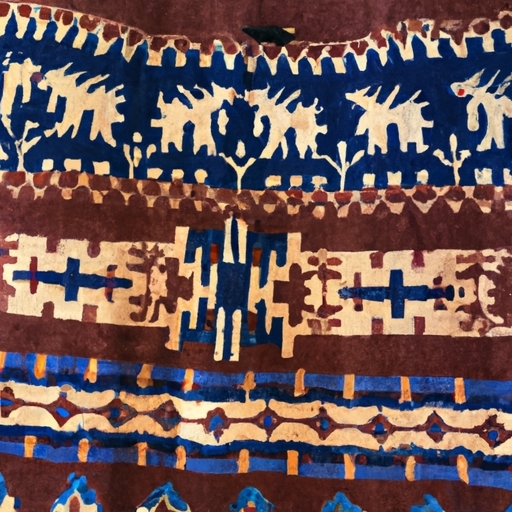
History and significance of Native American rugs
who were the most dangerous native american tribes
When it comes to determining the danger levels of Native American tribes, several criteria are typically used to assess their potential threat. These criteria can include factors such as historical accounts of violence, reputation among other tribes and settlers, size and strength of the tribe, weapons and warfare tactics utilized, and proximity to settlements or trading routes.
One important factor in assessing the danger level of a tribe is their history of conflict with neighboring tribes or European settlers. Tribes that have a reputation for being aggressive or engaging in frequent skirmishes are often considered more dangerous than those with a more peaceful past.
The size and strength of a tribe can also play a role in determining their danger level. Larger tribes with well-trained warriors and advanced weaponry may pose a greater threat than smaller, less organized groups.
Another key consideration is the weapons and tactics employed by a tribe. Tribes that have access to firearms or other advanced weaponry are often seen as more dangerous than those relying solely on traditional weapons like bows and arrows.
Finally, the proximity of a tribe to settlements or trading routes can impact their perceived danger level. Tribes that are located close to European settlements or valuable resources may be viewed as more threatening due to the potential for conflict over land or trade rights.
Overall, when evaluating the danger levels of Native American tribes, it is important to consider a range of criteria including historical behavior, size and strength, weaponry and tactics, and proximity to potential targets. By taking these factors into account, historians and researchers can gain insight into which tribes were considered the most dangerous during this tumultuous period in American history.